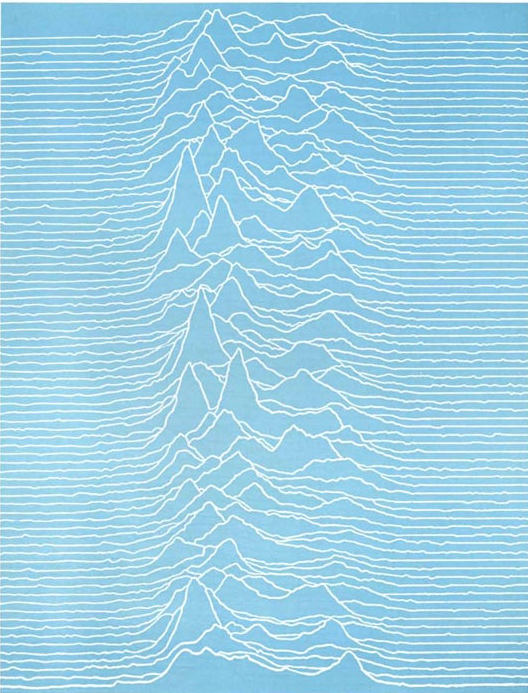Doubles have a much higher max value than ints, so if the method were to convert all doubles to ints they would not work for double values above 2^31-1.
(It would work, but any value over 2^31-1 passed to such a function would get clamped to 2^31-1)
It’s the same in the the standard c library, so Java is being consistent with a real programming language…
Logic, in math, if you have a real and you round it, it’s always a real not an integer. If we follow your mind with abs(-1) of an integer it should return a unsigned and that makes no sense.
in math, if you have a real and you round it, it’s always a real not an integer.
No, that’s made up. Outside of very specific niche contexts the concept of a number having a single well-defined type isn’t relevant in math like it is in programming. The number 1 is almost always considered both an integer and a real number.
If we follow your mind with abs(-1) of an integer it should return a unsigned and that makes no sense.
How does that not make sense? abs is always a nonnegative integer value, why couldn’t it be an unsigned int?




